Trending Now - 1904 Olympic Marathon Was More Gruesome Than The Hunger Games And The Stories Of The Competitors All Deserve Different Movies
The marathon is one of the most iconic events at the Olympics, taking place on the very last day just before the closing ceremony. But today’s competitions are nothing compared to the 1904 race that left multiple athletes within an inch of death. Less than half of them actually finished the run. Here’s how it all unfolded.
The 1904 Olympics took place in St Louis, USA. It consisted of only a third of the events that are held today. Most of them were even closed to female competitors. Moreover, because of travel difficulties and rising tensions around the Russo-Japanese war, only 62 international athletes competed, compared to the 11,544 that participated at the 2016 Summer Olympics in Rio de Janeiro. St Louis kind of bullied their way into hosting the games after Chicago originally won the bid. Its main leverage – the Louisiana Purchase Exposition World’s Fair which was being held at the very same time. The two events ended up being combined into one very, very peculiar extravaganza.
Today’s marathons are nothing compared to the 1904 Olympic race that left multiple athletes within an inch of death
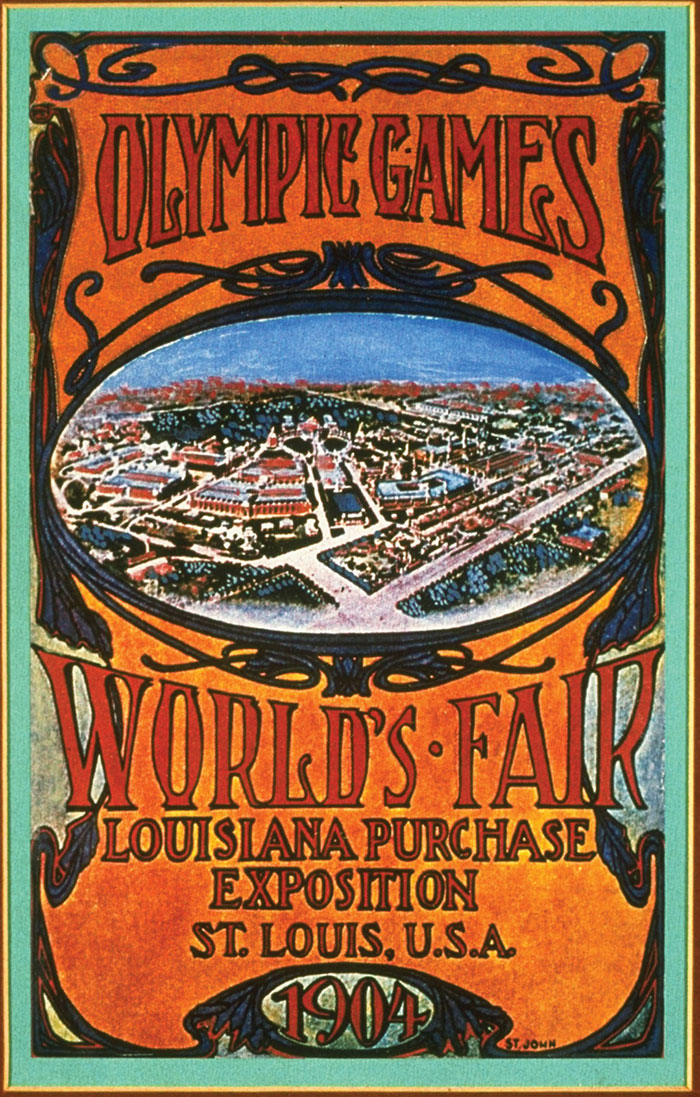
Image credits: wikipedia
For some reason, the organizers thought it would be better to hold it during the afternoon instead of the morning
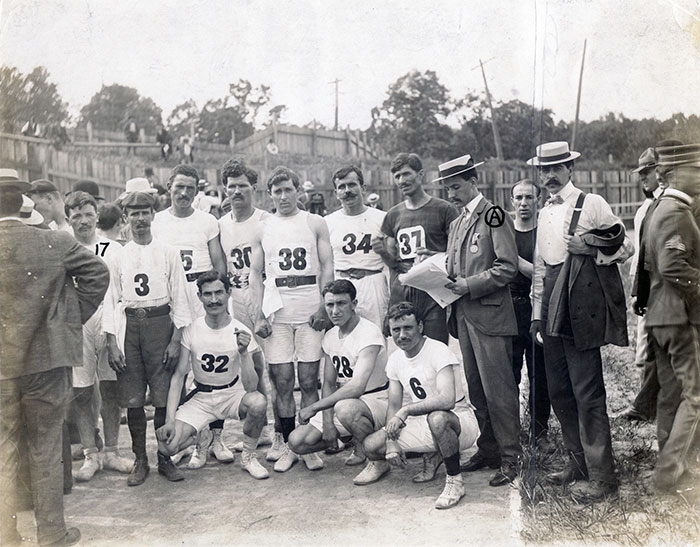
Image credits: mohistory
This meant the athletes had to run in temperatures of over 86 degrees Fahrenheit (over 30 degrees Celsius)
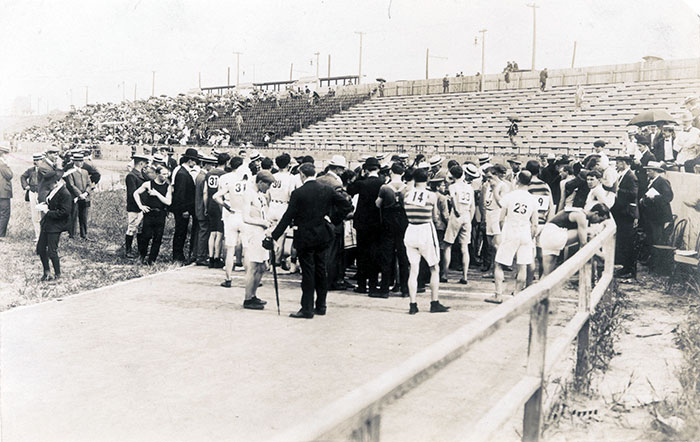
Image credits: mohistory
The only water the competitors had access to was a well around the 11 mile
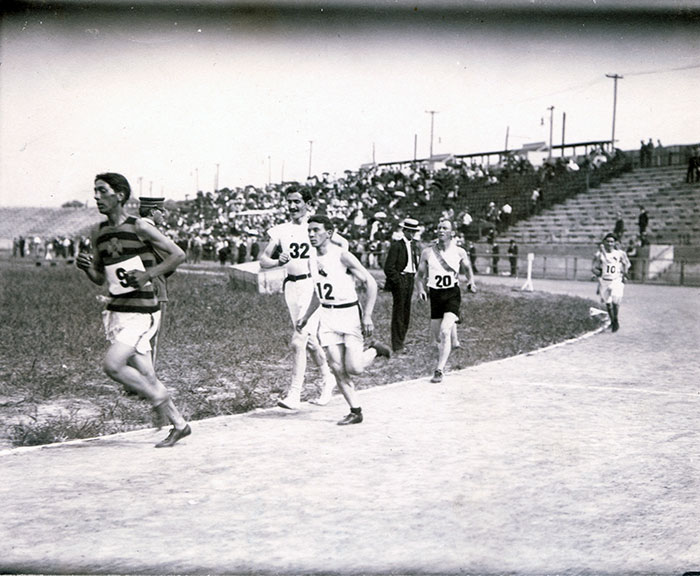
Image credits: mohistory
The track consisted entirely of dirt roads, so the cars and horses riding ahead and behind the runners caused huge dust clouds that became hugely problematic for them
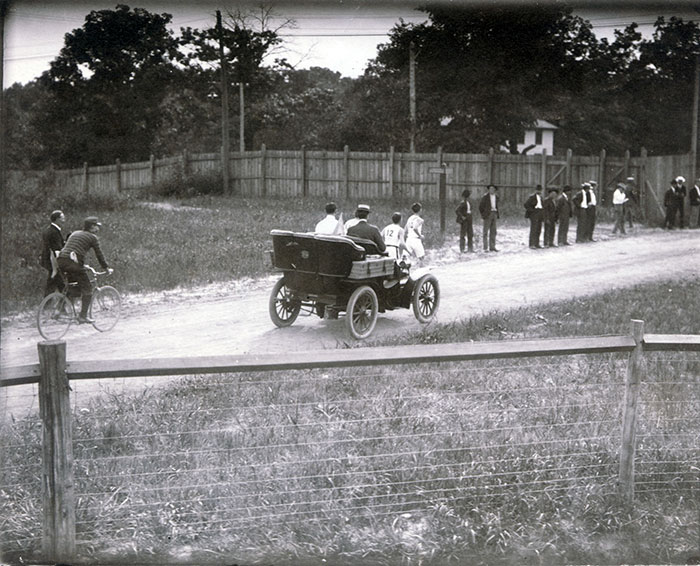
Image credits: mohistory
Olympic chronicler Charles Lucas noted that “the visiting athletes were not accustomed to the water, and, as a consequence, many suffered from intestinal disorders”
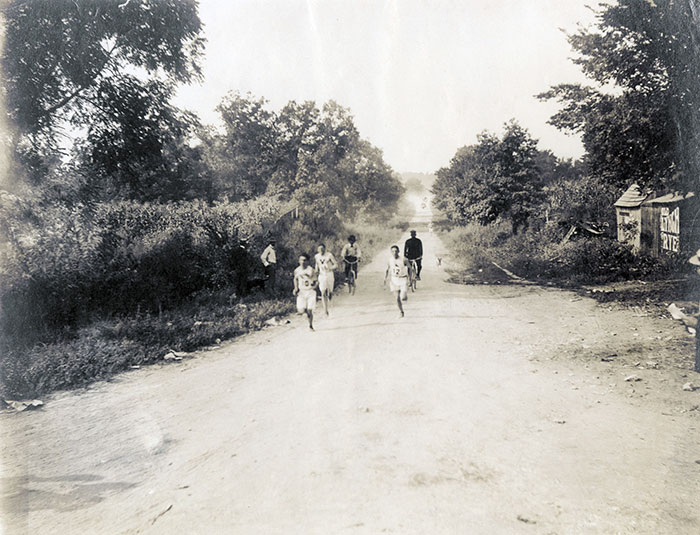
Image credits: mohistory
People found American runner William Garcia lying on the road in the middle of the track
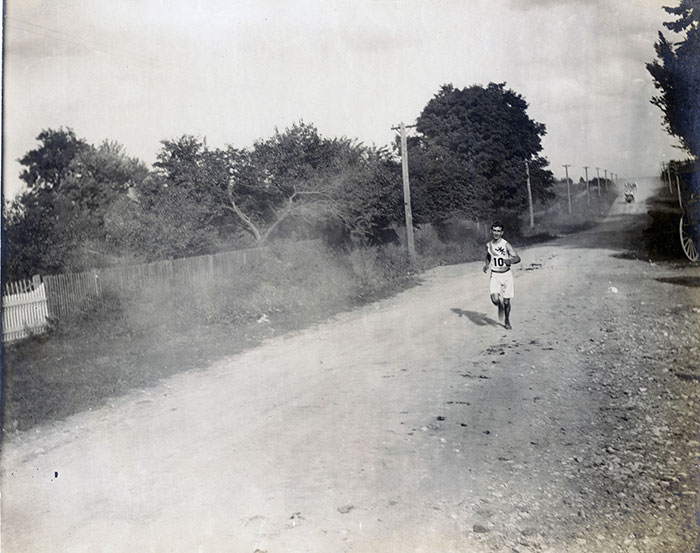
Image credits: mohistory
People found American runner William Garcia lying on the road in the middle of the track, suffering severe internal injuries from breathing the dust kicked up by officials’ cars and horses. The before-mentioned Lucas said that, “the dust particles caused an erosion of the membranous wall of the stomach and a serious hemorrhage resulted which almost cost the Californian his life.”
Cuban postman Andarín Carvajal was probably the most unprepared athlete in the race
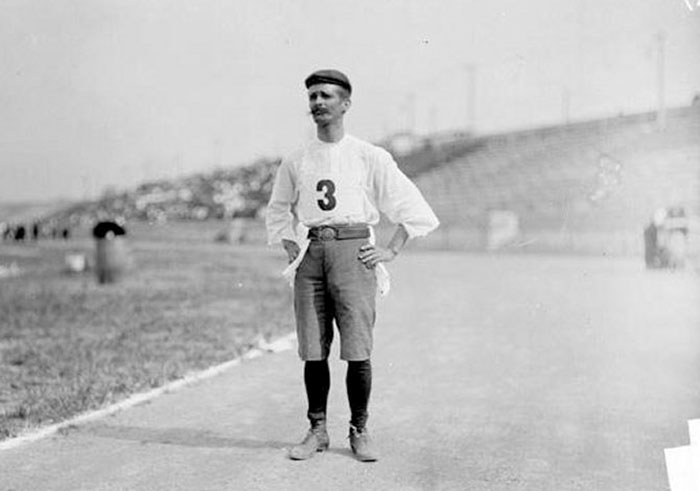
Image credits: wikimedia
Another competitor was Cuban postman Andarin Carvajal, probably the most unprepared for the race of them all. Andarin lost all of his money in New Orleans, hitchhiked to St. Louis cut off his trousers, trying to make them look as close to running shorts as possible. During the beginning of the marathon he hadn’t eaten in 40 hours, so somewhere along the race, he stopped to grab some apples from an orchard. They turned out to be rotten. Despite developing severe stomach cramps, Carvajal may have had a shot at winning. But according to Lucas, he stopped to chat with every crowd assembled along the course. Miraculously, the man finished fourth despite all of these hardships.
The first two black Africans to compete in the Olympics were also in this race
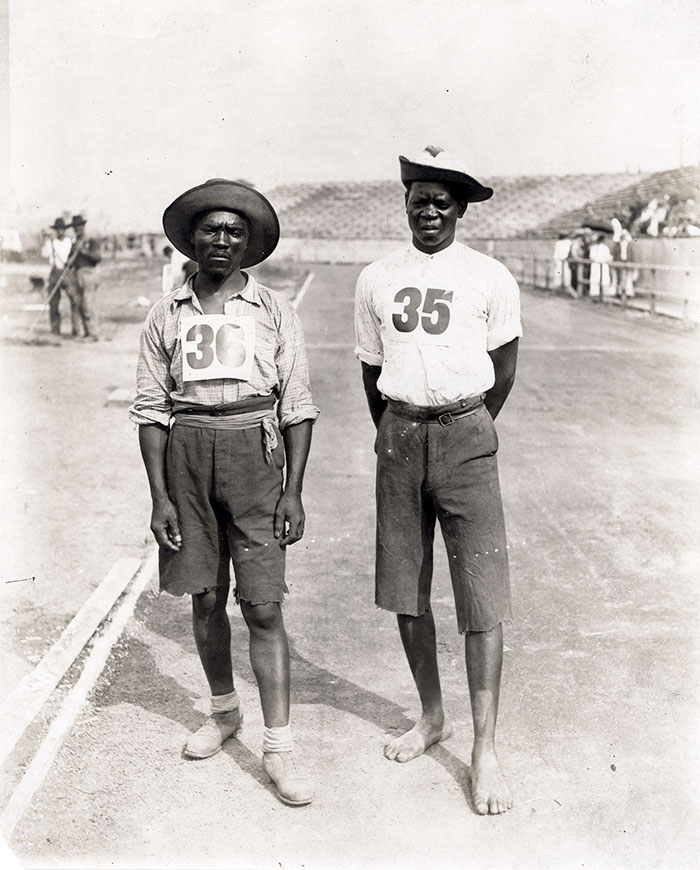
Image credits: mohistory
The first two black Africans to compete in the Olympics were also in this race. Len Tau (AKA Len Taunyane) and Yamasani (AKA Jan Mashiani) from South Africa were expected to finish in record time, however, it was not meant to be. Taunyane ended up ninth and Mashiani was chased off the course by aggressive dogs – he finished twelfth.
American runner Frederick Lorz took a car ride in the hopes he could meet up with the competition near the finish line
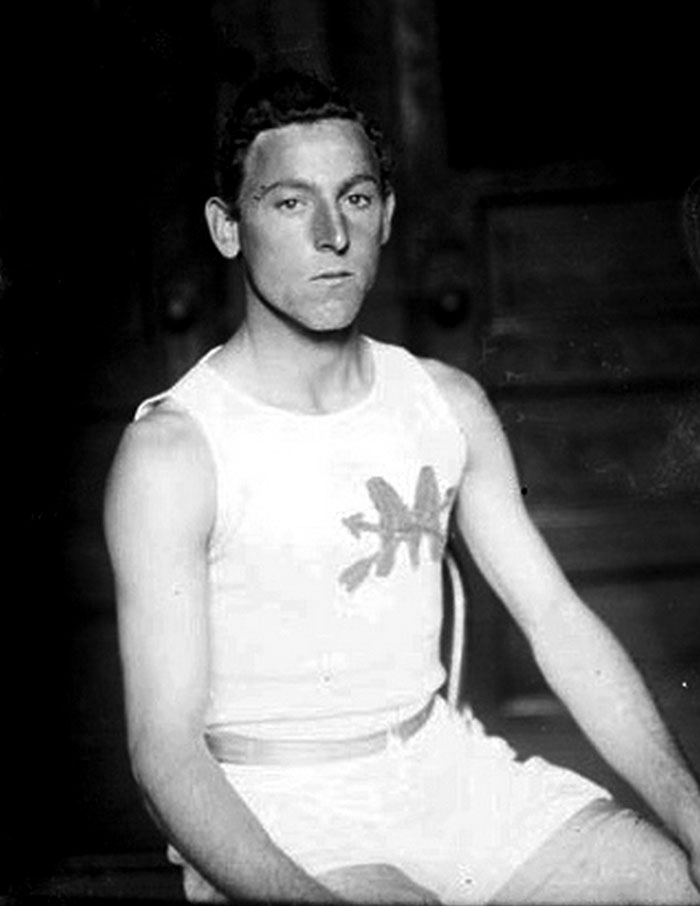
Image credits: wikimedia
American runner Fred Lorz didn’t even make it to this point. He collapsed from dehydration at around 9 miles. Not to be outdone, he took a car ride in the hopes he could meet up with the competition near the finish line. The car, however, broke down around the 19-mile mark. Lorz immediately jumped out and joined the race for the last five miles. Surprisingly, he was hailed as the winner and decided to play along. He even got as far as having his photo taken with Alice Roosevelt, the daughter of President Roosevelt. Lorz was just moments away from being awarded the gold medal when someone said something along the lines of “that’s the guy who took a car to the finish line,” forcing Lorz to play the classic “only joking” card. However, the organizers were having none of it and banned Lorz from the competition for life.
These stories aren’t as strange as one of the eventual winners, British-born American Thomas Hicks

Image credits: mohistory
Believe it or not, these stories aren’t as strange as one of the eventual winners, British-born American Thomas Hicks. Hicks was about 10 miles into the race when he started showing signs of extreme exhaustion. He continued battling through the course, falling under the care of a two-man support team. Even though the athlete was begging for a drink, they just sponged out his mouth with warm distilled water. Around 7 miles before the finish line, Hicks was on the verge of collapsing, wanting nothing but to lie down and rest, but his handlers wouldn’t let him. Instead, they gave him a dose of “sulphate of strychnine” – rat poison. In a high enough dose, it could’ve and it would’ve killed him but in those days people used it as a stimulant, and at the time there weren’t any rules against performance-enhancing drugs.
With strychnine in his blood, Hicks became pale and limp. However, after hearing about Lorz’s disqualification, he forced his legs into a trot
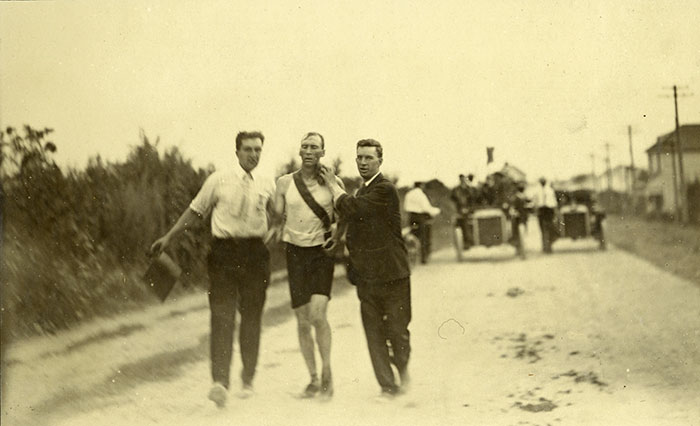
Image credits: mohistory
With strychnine in his blood, Hicks became pale and limp. However, after hearing about Lorz’s disqualification, he forced his legs into a trot. However, his trainers didn’t believe he could make it. They gave Hicks another dose of strychnine with egg whites. But this time with some brandy to wash it down. “Over the last two miles of the road,” Charles Lucas wrote, “Hicks was running mechanically, like a well-oiled piece of machinery. His eyes were dull, lusterless; the ashen color of his face and skin had deepened; his arms appeared as weights well tied down; he could scarcely lift his legs, while his knees were almost stiff.”
Hicks began hallucinating, believing that the finish was still 20 miles away
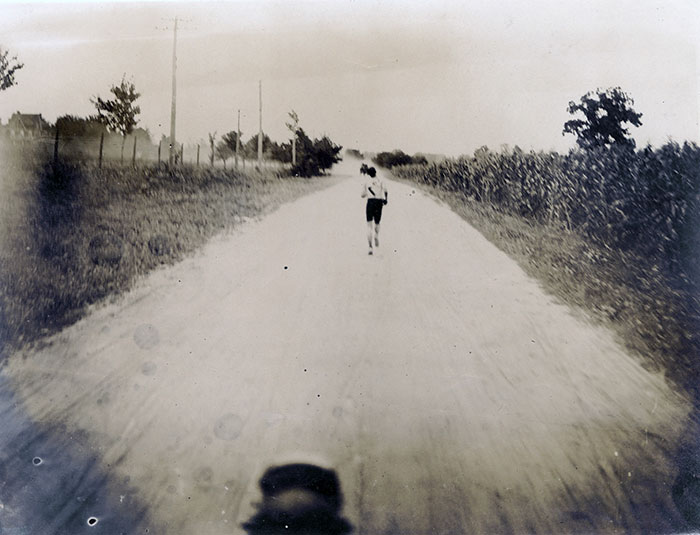
Image credits: mohistory
Hicks began hallucinating, believing that the finish was still 20 miles away. During the last mile, he begged for something to eat. Then, to lie down. He was given more brandy first, then swallowed two more egg whites. Hicks walked up the first of the last two hills, jogging down on the incline. When he entered the stadium, he tried to run but was reduced to a shuffle. His trainers carried Hicks over the finish line, holding him aloft while his feet moved back and forth, and he was declared the winner.
It took four doctors and one hour for Hicks to feel well enough to leave the grounds
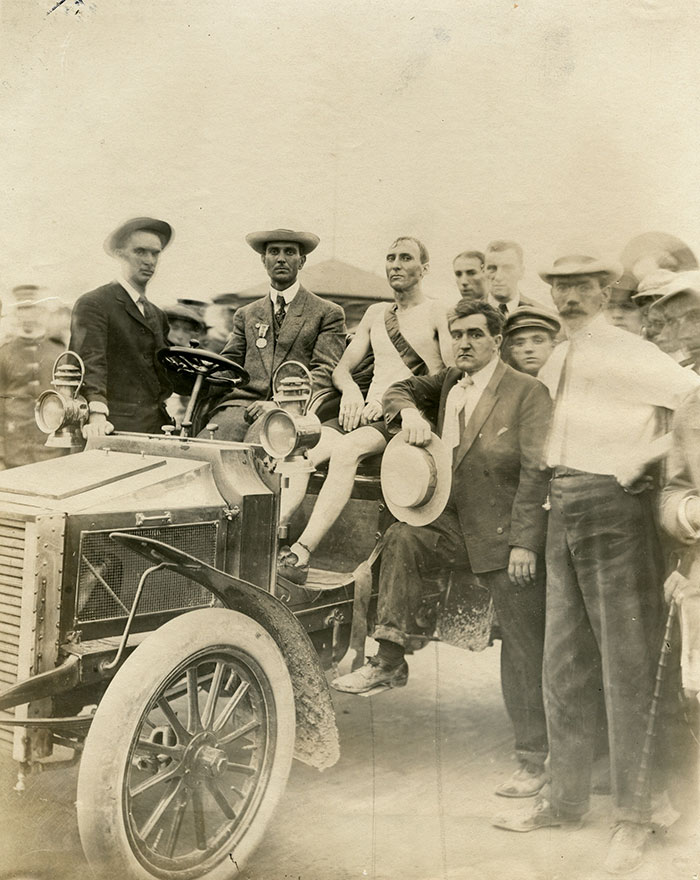
Image credits: mohistory
It took four doctors and one hour for Hicks to feel well enough to leave the grounds. He lost eight pounds during the race, and said, “Never in my life have I run such a tough course. The terrific hills simply tear a man to pieces.” Hicks and Lorz would compete against each other again at the Boston Marathon the following year. Lorz finished it in 2:38:25, winning the event without the aid of anything but his legs.
Marathon Route
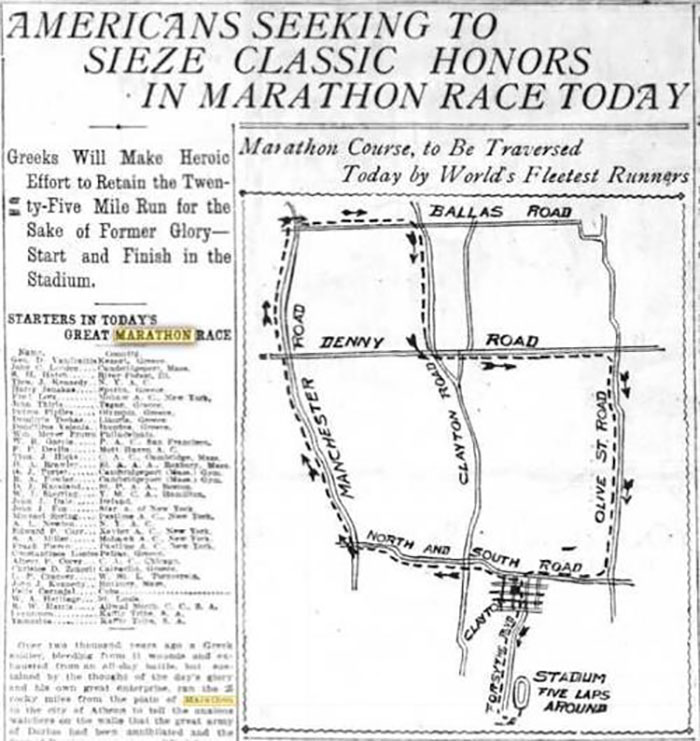
Image credits: stltoday





























